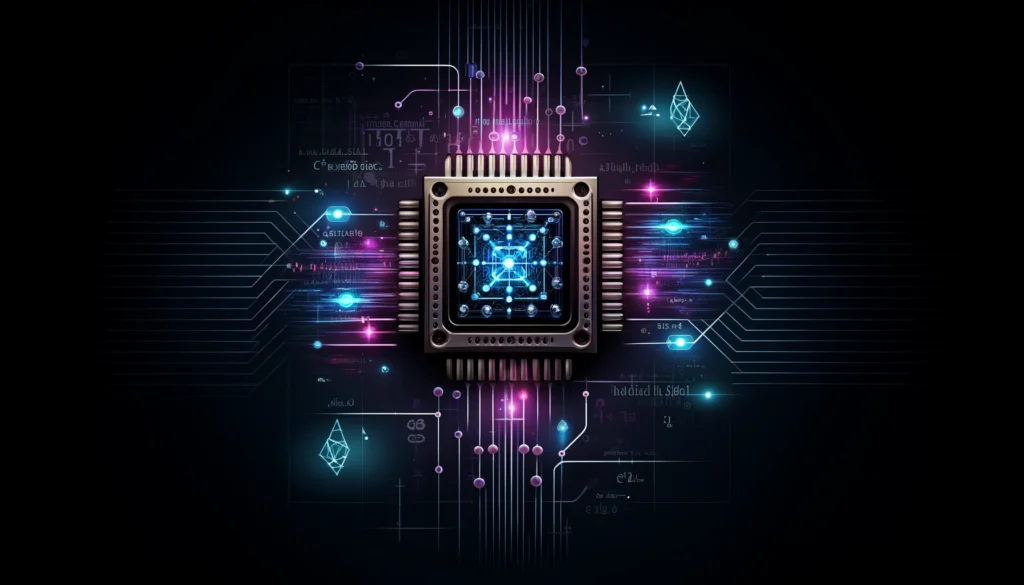Physical Address
304 North Cardinal St.
Dorchester Center, MA 02124
Network
Physical Address
304 North Cardinal St.
Dorchester Center, MA 02124
Network

Quantum computing promises to solve problems that would break traditional computers. In this first installment, we’ll answer basic questions about the technology.
To understand the revolution, you have to unlearn everything you know about classical computing — that is, computers as you know them, from smartphones to supercomputers:
Classical Computing: Classical computers use bits — a stream of tiny transistors — as their basic unit of information.
These bits can be either 0 or 1, representing off or on states, respectively.
With enough power and time (and we’re talking lots of both), they can simulate even complex quantum systems.
Quantum Computing: Quantum bits (or qubits) are more powerful than classical bits because they follow the spooky laws of quantum mechanics.
In addition to being 0 or 1 like a classical bit, a qubit can also be any quantum superposition of those two states at once.
Another advantage is entanglement — when qubits become connected, affecting one instantly affects the other no matter how far apart they are.
There’s no point trying to compare classical and quantum computing in terms of raw processing power; it’s not an apples-to-apples comparison.
But if you’ve ever wished for a smartphone app that could quickly run complex simulations on atoms or subatomic particles without having to fire up a huge supercomputer, then the leap starts to become apparent.
While simulating large molecules with today’s best classical computers could take millions of years, some researchers think a quantum computer with thousands or millions of error-corrected qubits could do it in seconds or days.
Qubits are what make quantum computing possible and also extremely difficult:
Superconducting circuits, trapped ions and photonic systems are just some ways scientists make qubits.
Each approach has its own advantages, but they all share a common problem: Qubits are extremely delicate and easily perturbed by their surroundings.
They also need to be very cold or otherwise isolated from heat, because even pulses of heat from the machine’s own wiring can knock qubits off balance.
This is just the beginning.
We’ll have articles in the coming weeks about how to build quantum computers and whether they can ever become practical, as well as about their potential applications in drug discovery, solving hard math problems and making novel materials.
Quantum computing isn’t just a new kind of computer; it’s a new way to explore and exploit nature at its most fundamental level.
That might sound like hyperbole, but there isn’t really any other way to put it.
If you want to simulate how atoms or particles behave so that you can predict whether your next superconductor will be room-temperature, you’d better bring along some qubits.And when your classical computer has done everything it knows how to do for the rest of eternity — when Moore’s Law crashes into gnarly physics problems — perhaps only then will we unlock something that sounds truly impossible today.